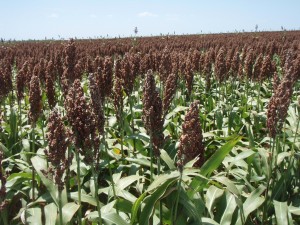Good Tuesday to You,
The Island of Hawaii, referred to as The Big Island, is six time zones from Dallas, which is a big adjustment. It is about 4,000 square miles in size. All of the other Hawaiian islands together could fit into half of The Big Island. A drive around the island on the Queen’s Highway is about 300 miles (483 kilometers), which makes it big but not that big.
The island is composed mostly of lava rock from the volcanoes that formed it. Someone told me that the only other rock on the island is a green stone called olivine, which makes up the only green sand beach in the world, which is on the far southern tip of the island. By the way, that southern tip is the southernmost point in the United States — it is farther south than Key West in Florida.
Climate diversity is truly amazing on this place in the middle of the ocean not close to any continent. The eastern or windward side of the island can receive 200 inches (508 centimeters) of rain in a year, while the west or leeward side receives only a couple of inches. This is because the center spine of the island is comprised of three volcanoes, which are very high and form a wonderful windbreak where the moisture carried in the wind shoots up the side of the volcano to a height where the cooler temperatures precipitate out the water vapors in the form of clouds and rains on the eastern side. The poor western side doesn’t get the water because the eastern side squeezed it out. So the western side is as dry as and looks like west Texas in places. The eastern side is lush, tropical and green.
It is all wonderfully visual and confusing and thought provoking.
Have a thoughtful and full and entertaining day wherever you are experiencing it,
Grandpa Jim







